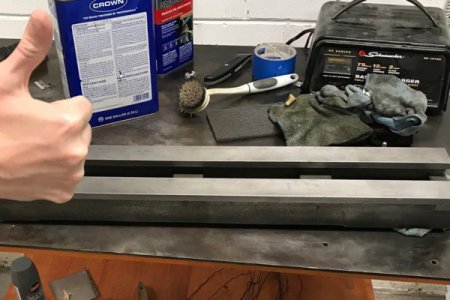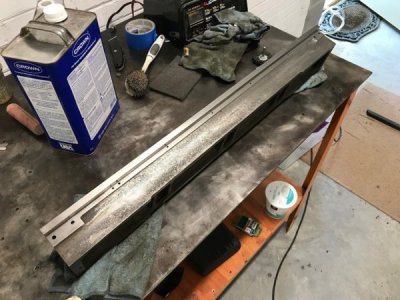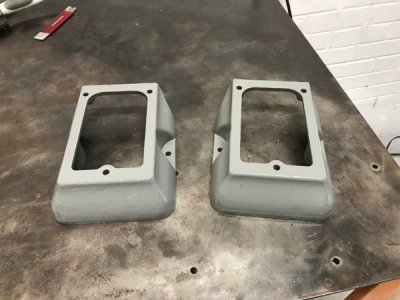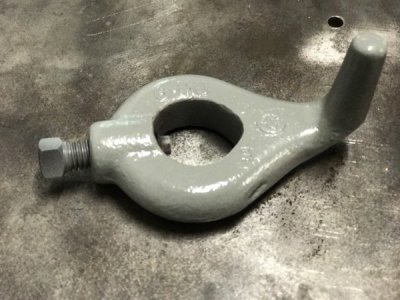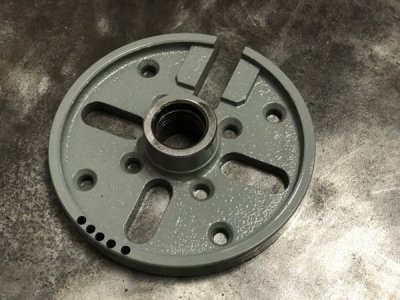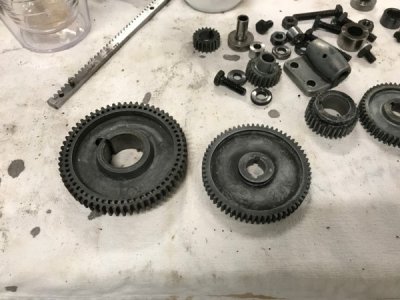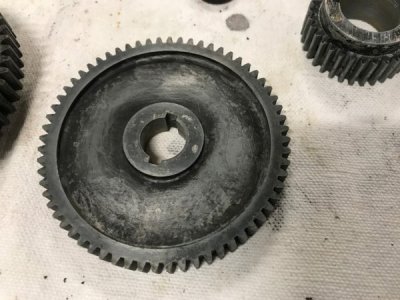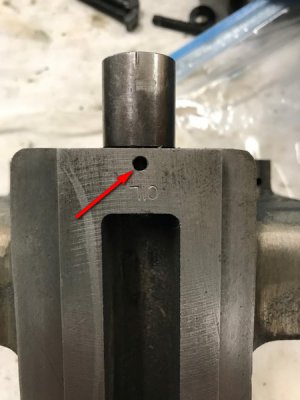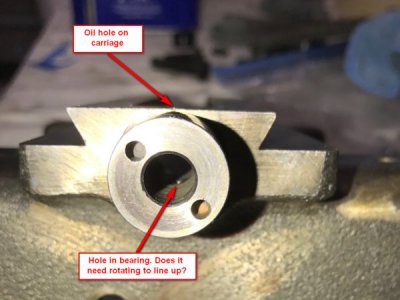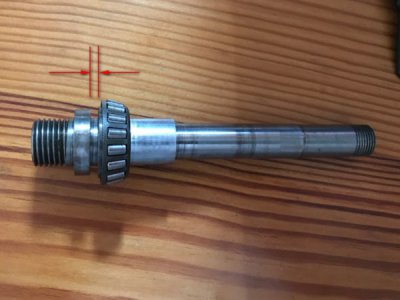- Joined
- Dec 25, 2011
- Messages
- 10,552
Another possibility, if you don't have a single-edge blade to expend, is to use a bench grinder to sharpen the end of a typical 1" wide putty knife. If you use this, after the grinder, lay a flat file down flat on the back side of the blade and push it away from the handle two or three times to remove the burr. Advantage of the putty knife is that it is less likely to break off while trying to get it back out. And after lifting both ends, you can tap a second putty knife sideways into the gap as a shim and do the operation again to double the gap. After that, you should be able to get a pry bar into the gap to pull it on off. Pull it a little at a time at each end so as not to bend the taper pins. And when you are ready to reinstall, it should go back into exactly the same place.

